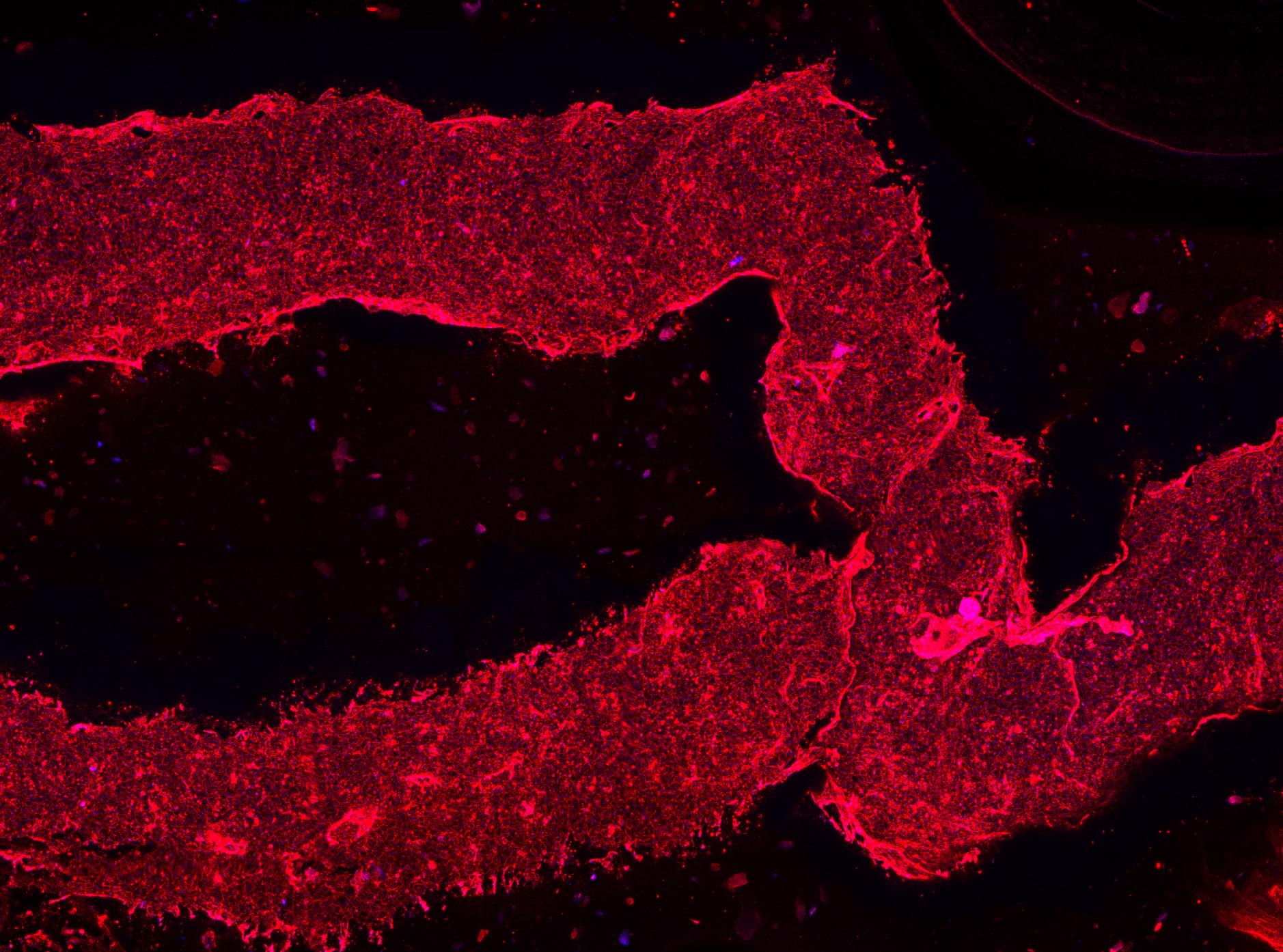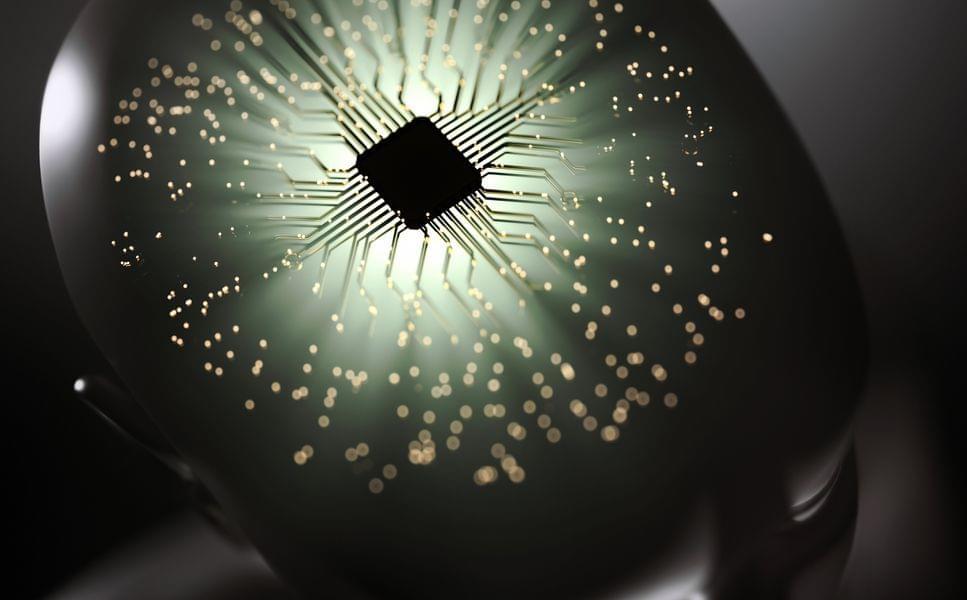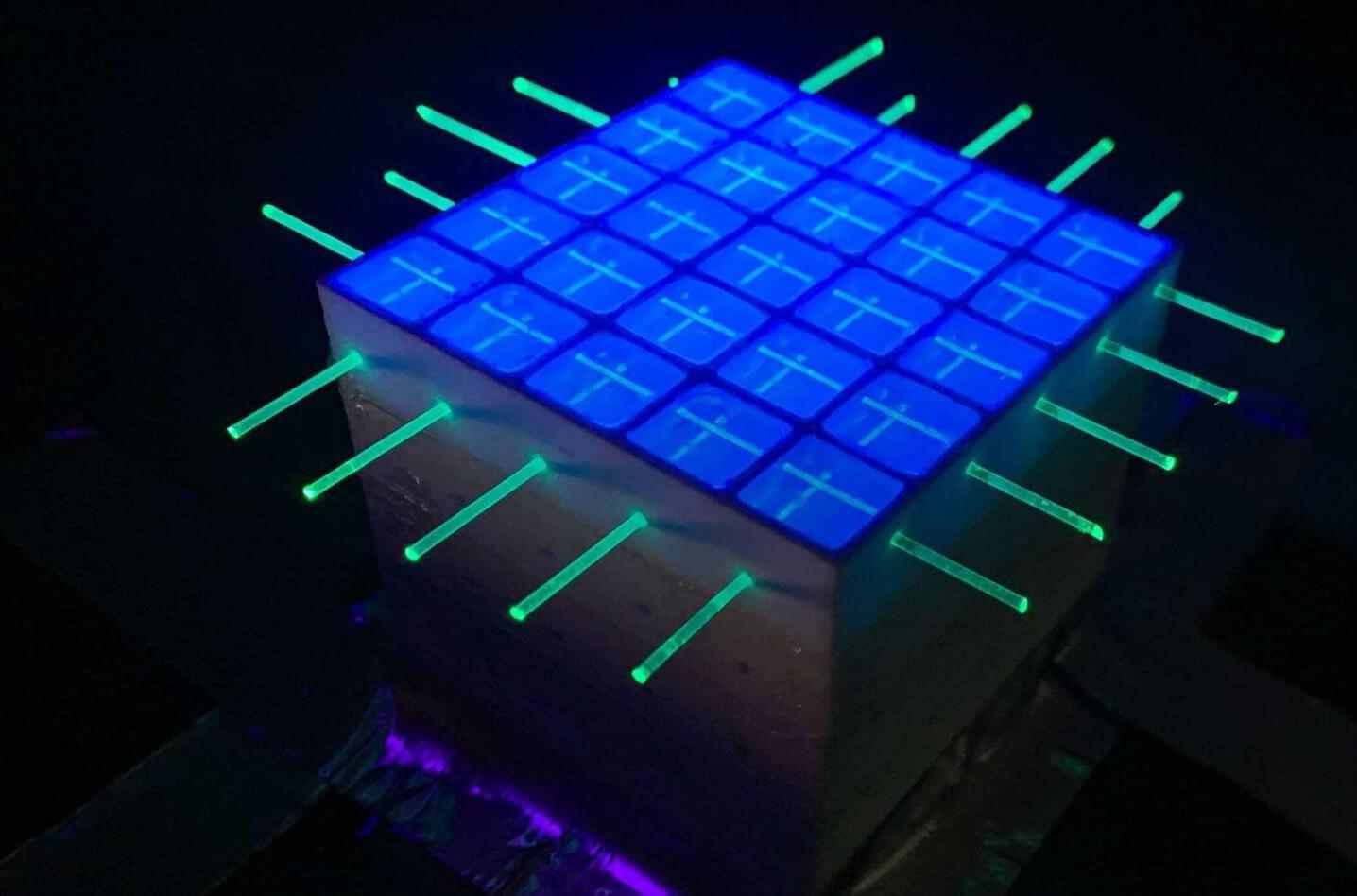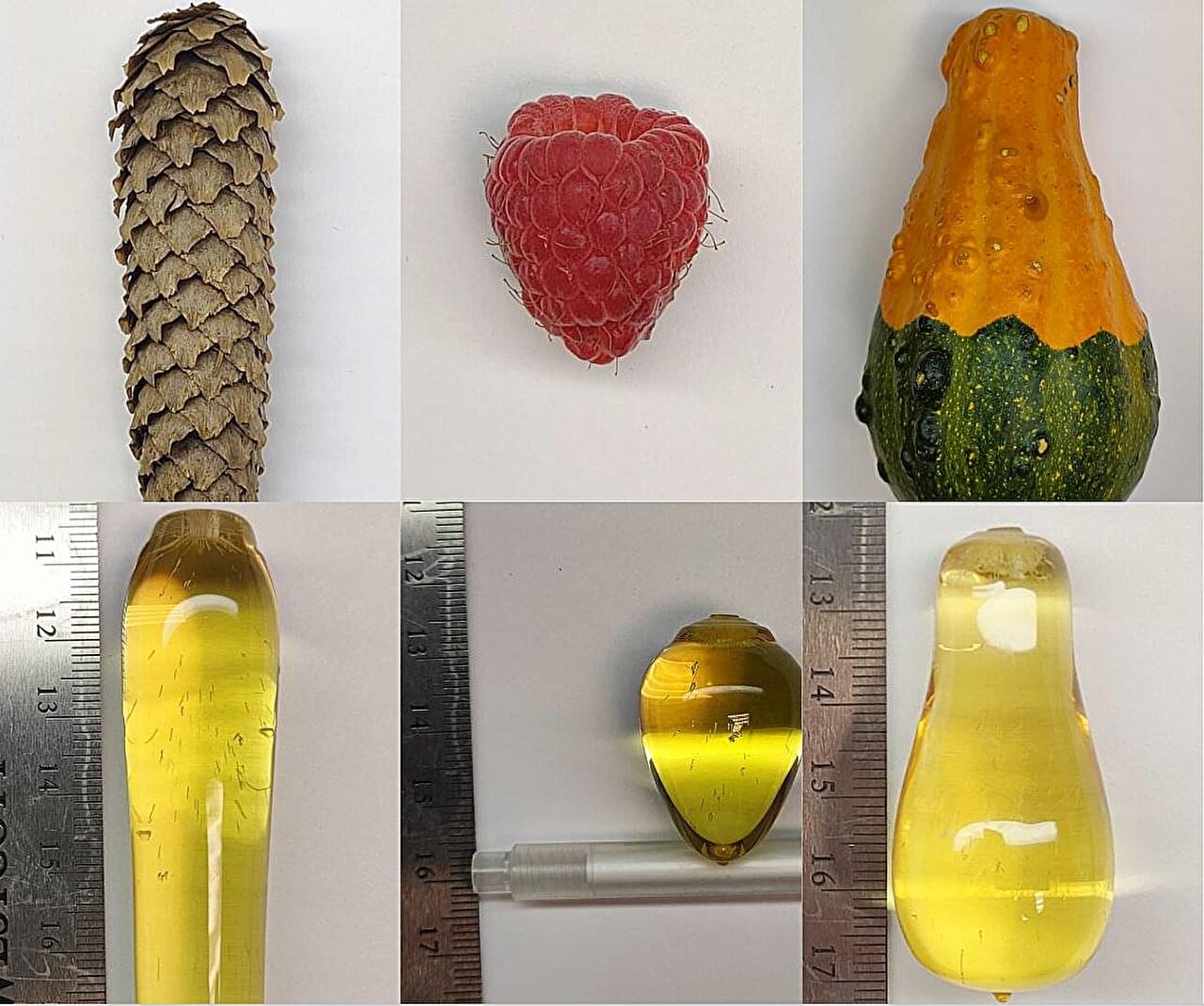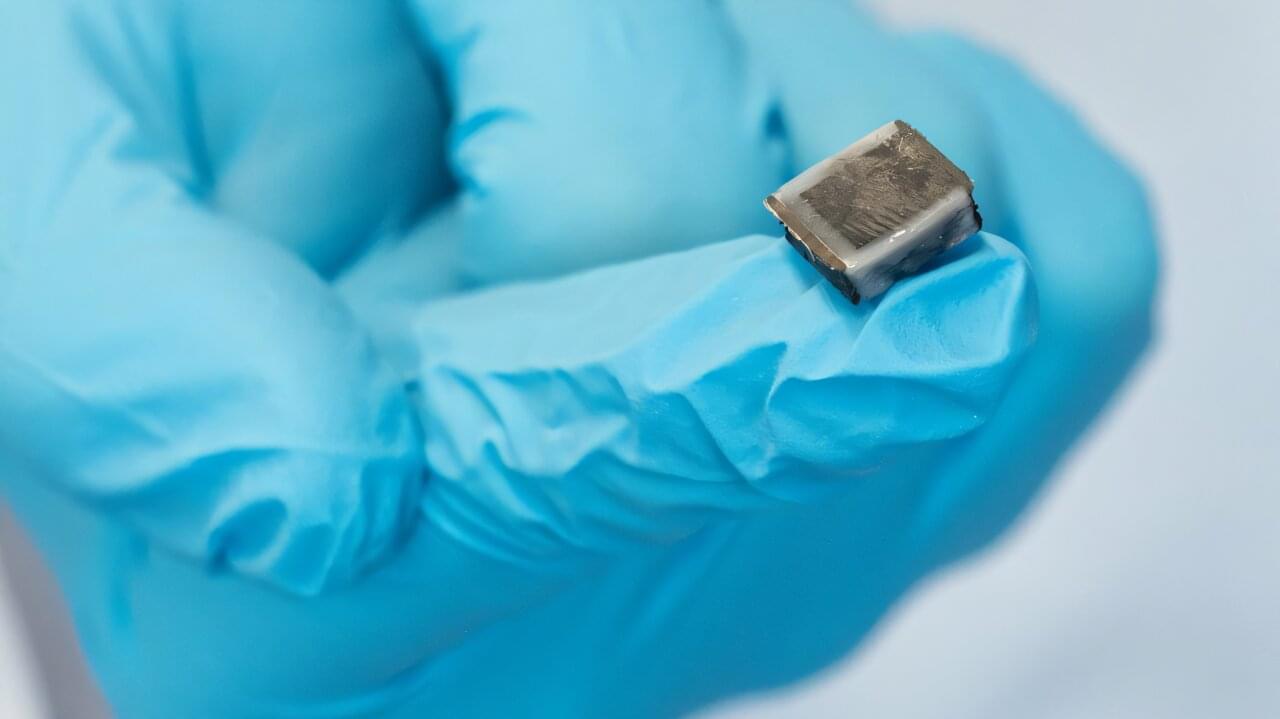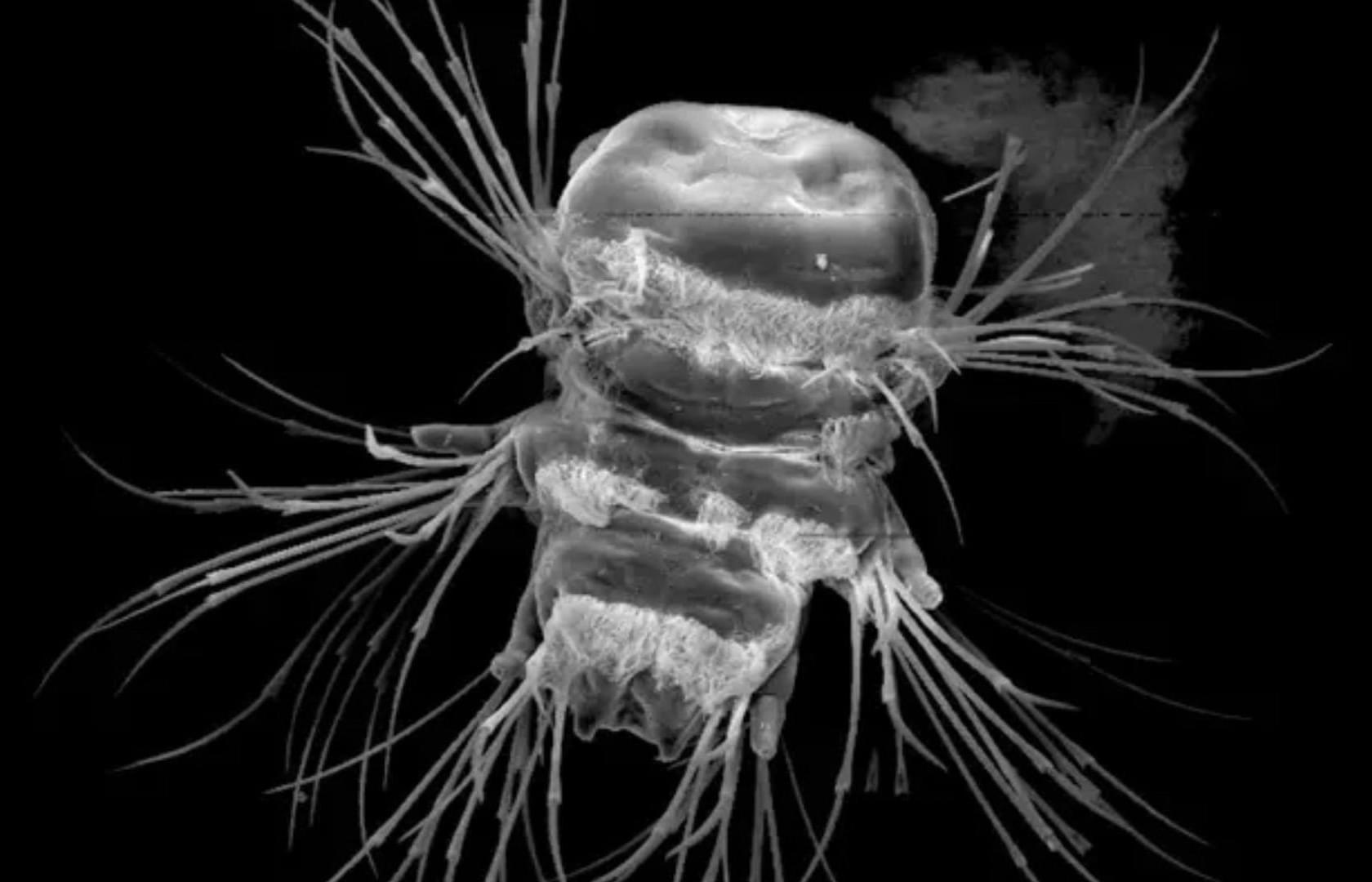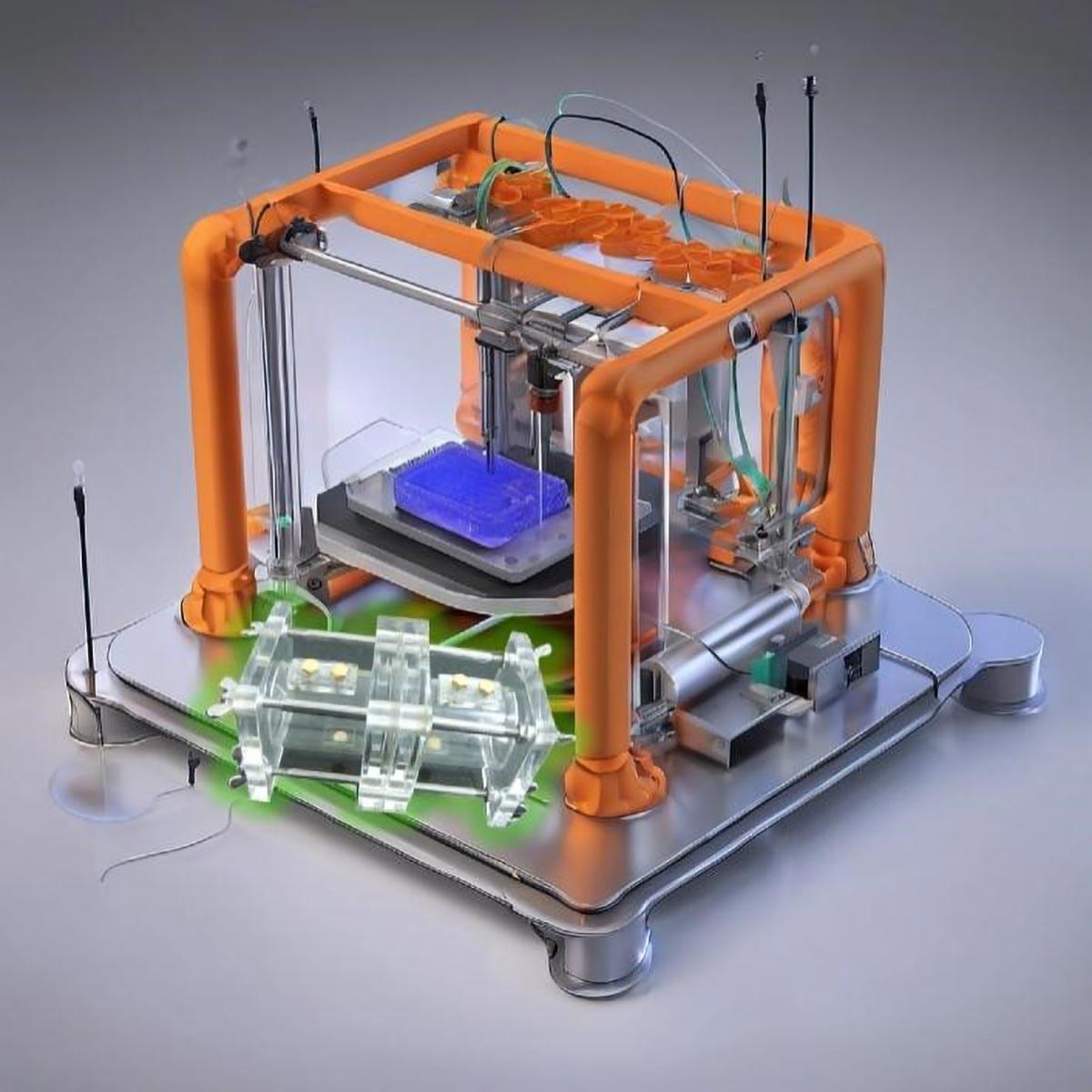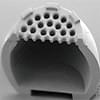Growing functional human organs outside the body is a long-sought “holy grail” of organ transplantation medicine that remains elusive. New research from the Harvard John A. Paulson School of Engineering and Applied Sciences (SEAS) and Wyss Institute for Biologically Inspired Engineering brings that quest one big step closer to completion.
A team of scientists created a new method to 3D print vascular networks that consist of interconnected blood vessels possessing a distinct “shell” of smooth muscle cells and endothelial cells surrounding a hollow “core” through which fluid can flow, embedded inside a human cardiac tissue. This vascular architecture closely mimics that of naturally occurring blood vessels and represents significant progress toward being able to manufacture implantable human organs. The achievement is published in Advanced Materials .
